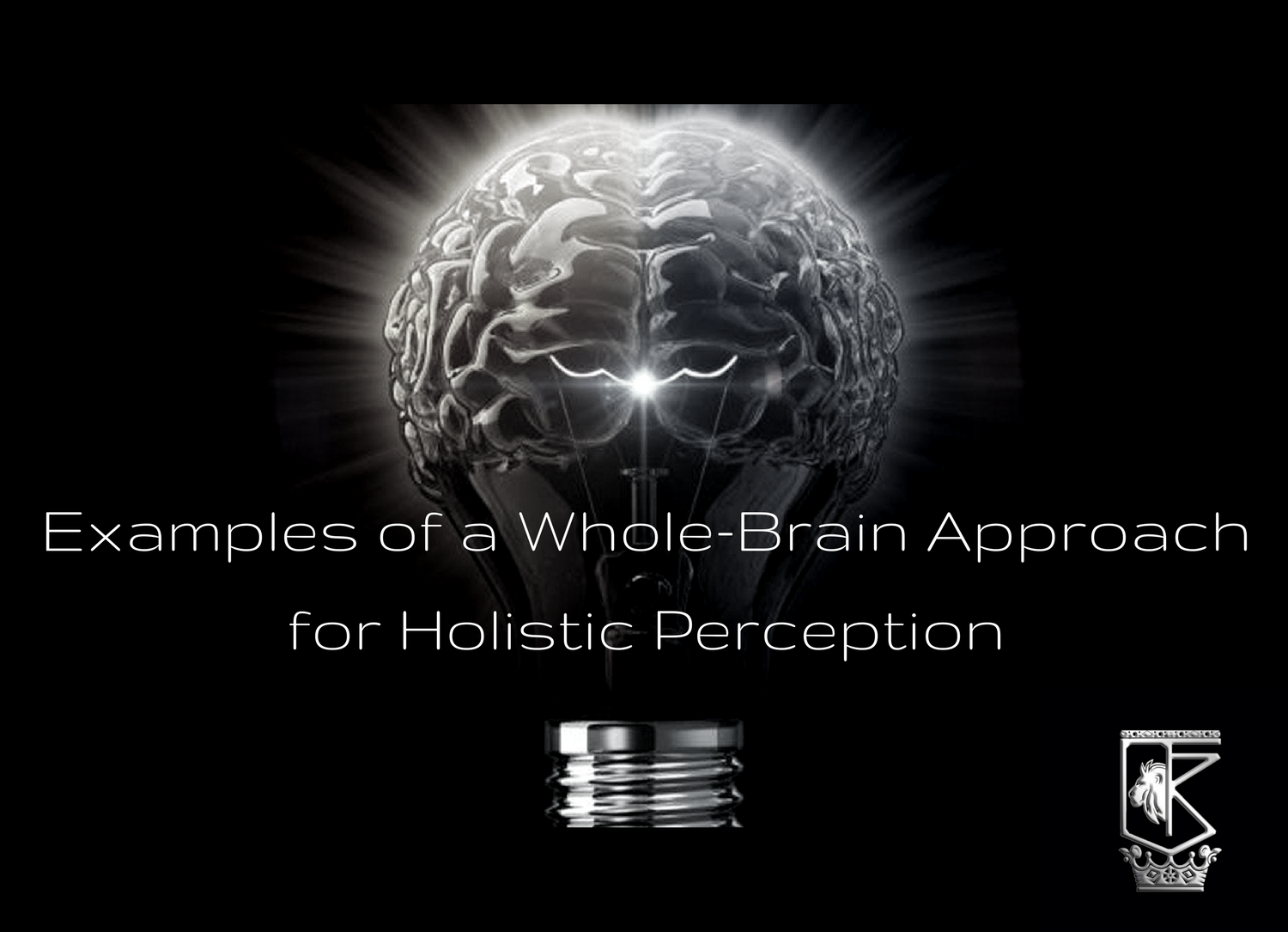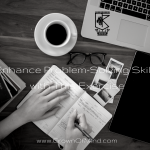Enter Hurricane Maria. This force of nature destroyed Puerto Rico’s infrastructure with its titanic winds, rain and flooding. The storm was strong enough to disrupt the land’s entire economical and engineering systems. Over 90% of the population was without power and basic necessities like food and water. Like Hurricane Katrina, the people of the land met face-to-face with total material devastation.
But was it only material?
The U.S. Government’s response to Puerto Rico’s severity was to deliver “basic needs” in the form of low pH water, cookies. And a public display of paper towel catching orchestrated by the president. That’s all we saw in the media, and it’s quite possible that they are being given actual food and we just don’t know. But my intuition tells me if high-quality food was on the top of the list, that would’ve been shown instead of crackers.
The problem here is not so much the actual items given than it is the unseen principles, the type of thinking that prompts this type of response. This case provides an example of excessive linear thinking.
Let’s clarify: linear thinking is logical thinking. It’s processing in an organized form. Structure. Steps. To reach C one passes through B, starting from A. Can’t be so bad, right?
We need logical, linear thinking to remain organized. When you’re setting a goal, it helps to design a pathway or process so you understand what’s needed to achieve it. The structure is there to support the creative output. When applying to college or for a job, the process is rather instructional; you’re asked to understand the opportunity and then asked to provide certain documentation. Only once the required steps are complete do you move on to the next stage. If you have children, you don’t teach them as if they’re 30-years old straight out of the womb.You teach them in a way that they understand for that phase in their lives. All elements of linear, left-brain thinking.
What ALSO is included in this hemispheric design, at the excessive levels is the neglect of its complement, right-brained, nonlinear thought. This space includes imagination, intuition, disorganization, chaos, the wild and free play that often comes with generating original insights. In this space, you can start from A and skip B to reach C. You can even acquire A and B simultaneously to reach C. Or…you may receive A, B and C at the same time.
The challenge we face with the hemispheres is our complacency of preference. We can box ourselves into a mental realm that locks us into either left or right-brained, either a linear thinker or holistic, creative thinker. The duel of either or. These are rather falsehoods because if we examined the brains of people who said that, it’s unlikely that one entire side of the brain shuts off while the other operates. If we were truly just one or the other, we’d only function with one side, and that may come with some severe cognitive impairments.
What’s more likely is we operate with both sides of the brain but in different degrees, at different capacities. We may be stronger in one space compared to the other. One side, or spaces on a side of the brain may activate stronger during certain experiences while other spaces may go dormant. This also challenges the statement, “We only use 10% of our brain.” I understand the concept but the statement’s frame is inaccurate. We are using our brain, but the capacities, the neural networks and its strength of working holistically are dormant. We don’t just become smarter instantly, or wiser or more holistic-thinking. The very neural networks that comprise the electrical impulses stimulating our capacities require restructuring and building. We literally build a grander brain architecture.
This brings us to our solution. Instead of adopting the program that we’re just a left-brained thinker, or that we only think creatively, we can acquire the capacity to use both sides of the brain together. In harmony.
“In harmony” looks like this:
- Using logic to analyze a problem, then going on a walk in silence to allow the ideas to develop in the subconscious. As you purposely NOT think about your problem while walking, insights come to you. They hit you like a slap on the shoulder, stop you in your tracks and cause you to write them down.
- You have a hunch about a possible new opportunity to build a relationship. A new vendor just set up shop in your neighborhood and you just “know” that company would be the best for your business. You don’t know exactly how nor do you care at this point (this is the intuition speaking), you decide to contact the vendor. But before you do…you apply logic to the situation and ask yourself, “What type of information will they need to move forward? How should I prep myself? Is my website looking organized enough? What kind of numbers should I prepare?”
- This one may occur quite often for the highly creative…out of nowhere, a complete picture of a vision hits. It could be a for a new office setup, the way a finished book looks, going on a trip. The imagery is accurate, vivid and filled with emotional charge. Then the euphoric experience dissipates as you plop down on the chair and sigh, “I totally want to do that! But I have no idea how to start!” The creative power provided the visual board, and now it’s time for grounded logic to step in and make tangible decisions about how to organize material resources to see that vision come to life.
This blend is about relationship and knowing how to allow the various capacities within you to take the lead. There are times to be analytical, to be totally intuitive, to be practical, to be child-like. These are all frequencies we can access when the time is right.
Holistic perception, perceiving or “seeing” from the logical and intuitive lenses is valuable power. With it we can make not just sensible decisions, but the optimal. By optimal I mean those decisions that create growth rather than maintenance of a status quo.
How do we develop this logic-creative relationship within?
Many ways. Here are a few:
Metaphysical: Crystals
Physical: Learn a craft
Mental: Meditation
Scenarios: Case Studies
Crystals: Described in detail on a documentary about gems, select crystals that radiate grounding frequencies, which correspond to the root chakra: red jasper, hematite and shungite offer various energies but all with a stabilizing frequency. It’s this stabilizing that empowers you remain practical in your thinking when you generate highly creative inspirations.
Learn a Craft: Build a model ship. Take up bookbinding. Play Sudoku. Practice completing crossword puzzles. Learn a new physical exercise. Each of these crafts/arts help you build an integration where you can access both logical and creative pathways, and keeps you grounded in your body. They require processes to learn yet are open for your unique interpretation to express.
Meditation: There are numerous ways to meditate, but here I refer specifically to the quiet type. Sitting down doing nothing but focusing on your breath and presence. Deep breathing from the lower abdomen (The Dan Tien or Hara) pressurizes the vagus nerve, which connects from the abdomen up into the frontal lobes (the seat of our wisdom, called the “Khenti” in Kemetic spiritual science). The Khenti activates (wakes up) with continued practice, endowing us with higher wisdom levels. And with wisdom, we come to understand more of our life experiences holistically. Logic and intuition combined.
Case Studies: These “cases” come from life experience. Pick a situation, anything, and practice seeing it from a holistic perspective. Example: Benefits and challenges of mobile technology;
Benefits – Way to remain in touch with people around the world. Faster business transactions. Access to information just about anywhere in the world.
Challenges – Provides a means for constant distraction. Internet addiction. Weakened reading stamina, to start an article and finish it. People compare their lives to others more often, resulting in lower self-esteem.
Solutions – Self-discipline. Create a regiment for personal mobile use. When to put the device away. Be wiling to say “No” to distractions. Only use the device when there’s a purpose. Develop a self-care practice.
If we knew that we were supposed to receive more from a purchase of something, that it was guaranteed to come with it, we would demand the full value for the price we paid. Similarly, we ought to demand greater access to our capacities and not allow them to remain dormant.







[…] gives us a true test of whether we’ve integrated knowledge. Understanding something can give us intellectual pleasure, while taking a concept and putting it […]